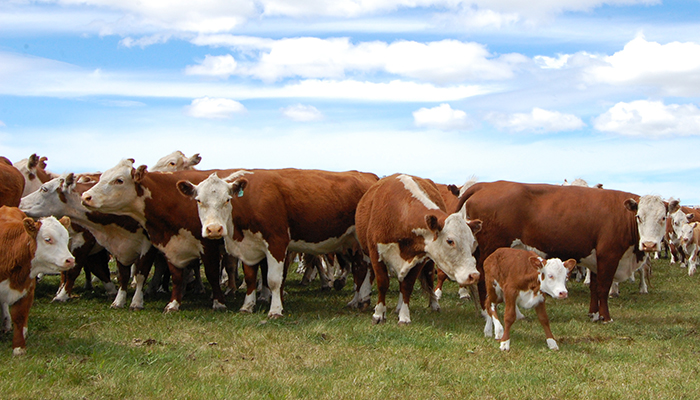Mineral deficiencies in the cow herd often result from poor nutrition, disease, stress and adverse environmental conditions. Mineral deficiencies can result in reduced forage intake, poor reproductive performance, and reduced calf growth. A lack of minerals can also impair immune function resulting in vaccine failure and lowered resistance to disease. One challenge facing producers is that mineral deficiencies are often “hidden” and not easily seen.
If a mineral deficiency is suspected, an evaluation of herd mineral status should be performed. With today’s technologies, this task is fairly simple and cost efficient. The following steps should be considered when attempting to evaluate herd mineral status and effectiveness of the mineral supplementation program.
A. RULE OUT OTHER INFLUENTIAL FACTORS
The first step in identifying mineral deficiencies is to rule out other contributing factors. For instance, if average cow body condition score is less than 4 ½, chances are that decreases in reproductive performance and/or immune function are a result of energy deficiency versus mineral deficiency. Also, be sure to evaluate your current nutrition program. Do the product(s) you feed provide a balanced mineral profile using quality ingredients? Are the cattle being provided with a consistent supply of fresh, dry mineral? Are the cattle consuming the mineral at an appropriate level?
B. FORAGE MINERAL CONCENTRATIONS
Determine the nutrient profile of both pastures and stored forages. When collecting pasture forage samples for mineral analysis, it is important to collect the sample from areas where animals are grazing. Do not collect from non-selected forage areas and be careful to not contaminate the sample with weeds or dirt. Find a laboratory that will test forage for both major and trace mineral levels. It is important to test for calcium, phosphorus, copper, zinc, selenium, cobalt, and manganese. It is also important to consider including antagonistic trace minerals, which may interfere with the normal absorption of other minerals. Three commonly recognized antagonists in forages are molybdenum, iron, and sulfur.
C. HERD MINERAL STATUS
Often, it is possible to establish a reasonable plan of action by addressing points A and B. However, in some instances it may be necessary to further explore a potential mineral deficiency by examining animal blood and/or liver mineral status. For two of the most commonly deficient trace minerals, copper and selenium, liver samples provide the most reliable indicator of actual animal stores. Blood samples are an unreliable approach for the measurement of these elements unless the cattle are severely deficient. Today’s liver biopsy collection technique is simple, and minimally stressful to the animal.
Our goal at Western Feed Mills, Inc. is to provide our customers with nutritionally balanced, cost effective mineral and feed programs. We assist our customers in determining the mineral status and nutritional needs of their cow herds by providing forage sampling and analysis, ration evaluation and feed formulation. We assist producers in developing their annual herd feeding programs by providing the pasture minerals and winter feeds that will match their herd’s nutritional needs, performance expectations and forage resources.


